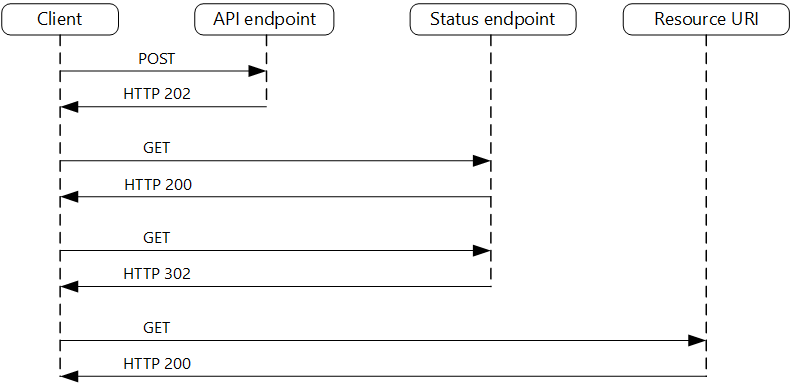WAF Asynchronous Request-Reply Pattern
May 20, 2025•309 words•2 min read•
azure
design patterns
performance efficiency

| Category | Description | WAF Description |
|---|---|---|
| What | A messaging pattern where the sender of a request continues processing without waiting for a reply, and receives the response asynchronously. | Decouple backend processing from a frontend host, where backend processing needs to be asynchronous, but the frontend still needs a clear response. |
| Used with | Distributed systems, message queues, event-driven architectures, and systems requiring high responsiveness or decoupling. | Client applications that interact with long-running back-end services, server-to-server REST API calls in distributed systems. |
| When | When you want to avoid blocking or waiting for a synchronous response, or when the response may be delayed or handled by another system. | Client applications lacking callback endpoints or facing complexity with persistent connections HTTP-based services restricted by client-side firewalls Legacy systems incompatible with modern callback technologies (WebSockets/webhooks) |
| Not Suitable For | Real-time or low-latency systems where immediate feedback is critical, or for simple operations where full async complexity isn’t needed. | Dedicated async notification services (e.g., Azure Event Grid) are available Real-time response streaming is required Low-latency multi-result collection is critical (prefer service bus) Persistent server connections (WebSockets/SignalR) can notify clients Network configurations allow callback/webhook ports |
| Related To | Messaging patterns, Queue-based Load Leveling, Event Sourcing, Pub/Sub, Request-Reply Messaging. | Backends for Frontends pattern |

A basic implementation of the Anti-Corruption Layer pattern using polling can be found here.
The full WAF description of the pattern can be found here.